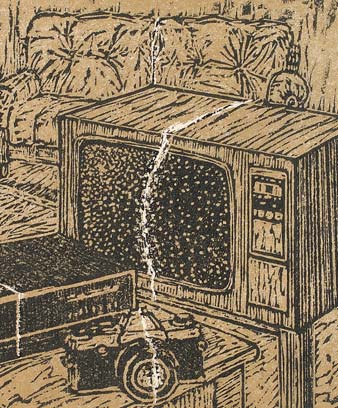Story summary
19th-century divorce and desertion
In the 19th century divorce was seen as shameful and scandalous. Separation and desertion (walking out on a marriage) were more common. A man could divorce his wife if she committed adultery (had sex with someone else), but a woman could only divorce her husband if he committed adultery plus another act such as rape, incest or extreme cruelty.
Many churches strongly opposed divorce, but some people argued that divorce allowed women to escape abusive relationships.
Easier divorce
From 1898 the grounds for divorce were widened, and a woman could divorce her husband if he committed adultery. One partner was always seen as the guilty party. In the 20th century the divorce rate climbed.
No-fault divorce
From 1980 divorces were granted on the basis of ‘irreconcilable differences’, rather than trying to find out which partner was at fault. The Family Court, set up in 1981, managed the breakdown of marriages (and, from 2005, civil unions).
Maintenance
In the 19th and early 20th centuries, deserted wives often had to rely on family or friends for support. Poor women sometimes had to seek charitable aid from hospital boards or churches. Wives could go to the magistrate’s court and get an order to make their ex-husband pay maintenance to them and their children – but many men didn’t pay up.
Division of property
Until the mid-20th century husbands owned property acquired during marriage, and they kept it if the marriage ended. After women began challenging their husbands’ right to property after divorce, it was eventually split more equally between husbands and wives.
Children and divorce
In the mid-19th century, fathers owned their children. They could decide where a child lived and with whom – mothers had no legal right to custody or contact. However, when marriages failed, men usually left their children with their wives. From the late 19th century there was more concern for the child’s welfare, and courts usually awarded custody to the mother.
Most separating parents organised child custody themselves. If they could not agree, the Family Court (set up in 1981) decided on most custody and access cases.





